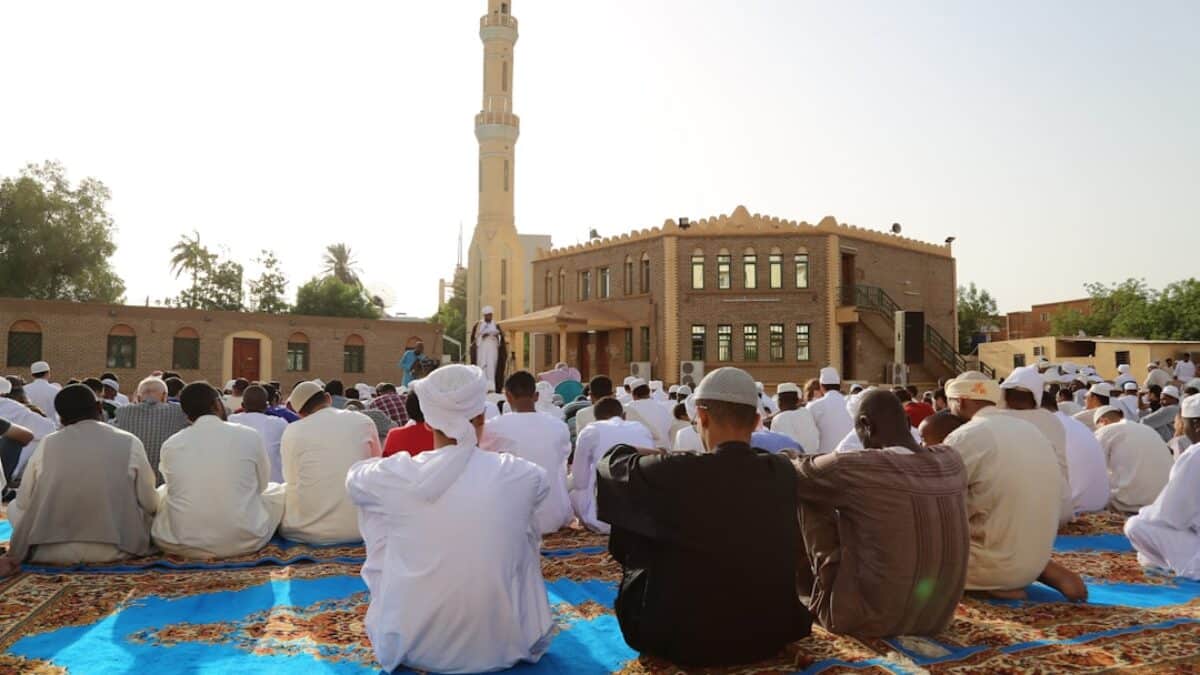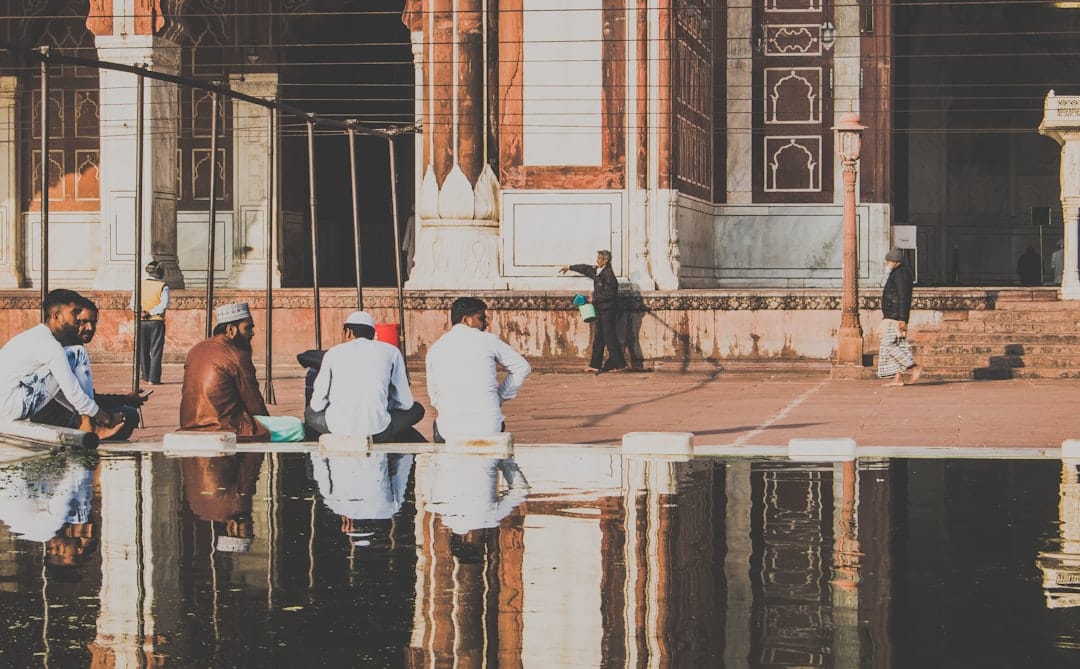Ramadan arrives with a surge of spiritual energy, and among its most treasured acts of worship is Qiyam al-Layl—the voluntary night prayer. Often referred to as Taraweeh when performed in congregation immediately after Isha, Qiyam literally means “standing during the night.” It is the moment when the house is quiet, distractions fade, and the servant meets the Lord in intimate conversation. This guide walks you—step by step—through the fiqh, the spiritual etiquette, and the practical hacks that turn a long night into a source of light for the entire year.
Understanding Qiyam in Ramadan
Definition and Linguistic Roots
The Arabic root q-w-m conveys “standing,” “establishing,” or “remaining firm.” In Islamic legal usage, Qiyam al-Layl is any voluntary prayer (nafl) offered after Isha until the break of Fajr. When the Qur’an or hadith mentions “those who pray at night,” it is Qiyam that is referenced.
Qiyam vs. Taraweeh vs. Tahajjud
- Taraweeh: A special name for Qiyam in Ramadan when prayed in congregation. It typically comprises 20 rak’ahs (or 8 in some traditions) followed by Witr.
- Tahajjud: Technically the last third of the night; if you wake specifically for prayer, it is Tahajjud, a subset of Qiyam.
The distinction is mostly semantic; the reward and structure are identical.
Spiritual Significance in Ramadan
During Ramadan, the gates of Paradise are opened and the shayateen are chained. The soul—already primed by fasting—becomes a sponge for divine mercy. The Prophet ﷺ said: “Whoever performs Qiyam in Ramadan with faith and hoping for reward, his previous sins will be forgiven.” (Bukhari & Muslim)
Key Components of Qiyam
Timing Windows
- After Isha: From the time Isha is prayed until the last third of the night.
- Last third: The most beloved window, calculated by dividing the night length (sunset to Fajr) into three parts.
Tip: Use prayer-time apps that highlight the final third to schedule your alarm.
Recommended Number of Rak’ahs
| Method | Rak’ahs | Notes |
|---|---|---|
| Minimum Sunnah | 2 | Followed by Witr |
| Prophetic Average | 8-11 | Recorded in Bukhari from Aisha (ra) |
| Classic Madinan | 20 | Caliph Umar (ra) institutionalised for Taraweeh |
Structure of Each Rak’ah
- Open with the intention (niyyah) in the heart: “I intend to pray nafl Qiyam for Allah.”
- Recite Surah al-Fatihah and a long surah or verses.
- Prolong ruku and sujud with tasbih and dua.
- After every two rak’ahs, sit for a brief rest (recommended).
Benefits and Importance
Spiritual Transformation
Night prayer polishes the heart, softens arrogance, and plants khushu (reverence) that spills into daytime worship. Over years, those who guard Qiyam report feeling a “constant sweetness” in their salah.
Physical and Mental Well-being
- Improved sleep architecture: Short, strategic naps after Fajr (qaylulah) offset lost hours.
- Stress reduction: Repetitive dhikr lowers cortisol levels, as found in recent sleep-medicine studies.
Intercession on the Day of Judgement
The Prophet ﷺ said: “Fasting and the Qur’an will intercede for the servant. Fasting says: ‘O Lord, I prevented him from food and desire, so let me intercede.’ The Qur’an says: ‘I prevented him from sleep at night, so let me intercede.’” (Ahmad)
Practical Applications
Preparation Before Sunset
1. Physical Setup
- Designate a quiet corner with soft lighting (blue light filters preserve melatonin).
- Keep a mushaf, sejadah, water bottle, and miswak ready.
- Charge your phone on airplane mode to avoid distractions.
2. Spiritual Priming
- Make ghusl if needed; cleanliness multiplies focus.
- Maintain intention inventory: write three personal sins you hope to erase and three goals you seek from Allah.
- Take a power nap (20–30 min) after Asr to minimise fatigue.
Step-by-Step Night Routine
Phase 1: After Isha (Maghrib + Isha Window)
- Pray the Sunnah mu’akkadah of Isha (2+2).
- Engage in light dhikr to transition the mind: SubhanAllah 33, Alhamdulillah 33, Allahu Akbar 34.
- Recite the dua of intention for Taraweeh silently: Allahumma inni nawaytu salata at-taraweehi…
Phase 2: Taraweeh in Congregation (at the Masjid)
- Follow the Imam attentively; do not recite aloud behind him.
- If the masjid prays 20, you may leave after 8 and complete the rest at home to vary pacing.
- Between every four rak’ahs, hydrate with a few sips of water and dates to sustain glucose.
Phase 3: Post-Taraweeh Personal Qiyam
- Rest period (15–30 min): Lie down without sleeping deeply to allow digestion.
- Renew wudu to refresh concentration.
- Recite Qur’an slowly: Target one juz per night to finish twice in Ramadan.
- Optional Long Dua: Use the dua of Laylatul Qadr in the last 10 nights: Allahumma innaka ‘afuwwun tuhibbul ‘afwa fa’fu ‘anni.
Phase 4: Witr Prayer
Minimum: 1 rak’ah. Sunnah: 3 rak’ahs with two tashahhuds. After the final salam, raise your hands for Qunoot:
- Praise Allah (Alhamdulillah).
- Send blessings on the Prophet ﷺ.
- Pray for the ummah, your family, your personal needs.
Common Mistakes and How to Fix Them
| Mistake | Why it happens | Quick fix |
|---|---|---|
| Rushing through rak’ahs | Fear of fatigue | Recite shorter surahs slowly; add one rak’ah each night |
| Noisy household | Family unaware | Share your schedule; use white-noise app for kids |
| Overeating at iftar | Social pressure | Split iftar: dates + soup, pray Maghrib, then main meal |
Frequently Asked Questions
What is the best time to wake for Tahajjud if I follow the 20-rak’ah Taraweeh?
Finish Taraweeh around 11:30–12:00 am, sleep immediately, and set an alarm for 3:30 am (adjusting for local Fajr). This gives you a solid 3-hour sleep block followed by the blessed last third. Combine 6–8 rak’ahs of personal Qiyam plus 3 Witr, then return to bed until Fajr. The body adapts after 3–4 nights.
Can women pray Qiyam in the mosque if facilities are limited?
Yes, Shafi’i and Hanbali schools explicitly encourage women to attend Taraweeh, provided modesty conditions are met. If space is tight, rotate with other sisters: attend once or twice a week and pray the rest at home. The Prophet ﷺ said: “Do not prevent the female servants of Allah from the mosques of Allah.”
Is it permissible to read from the Qur’an on a phone during Qiyam?
Permissible, but touch-screen mushaf apps require ritual purity identical to a physical mushaf. Use a stylus or phone stand if you fear breaking wudu. Many scholars prefer the mushaf for its tactile memory and lower distraction risk.
How do I handle extreme drowsiness or physical pain?
- Micro-nap: 10-minute nap on the prayer mat with an alarm can reset alertness.
- Light exercise: 20 jumping jacks or brisk walk around the room to re-oxygenate.
- Shorten recitation: Shift from 2 pages to 1 page per rak’ah but maintain quality.
- Consult a physician: Chronic pain may require seated or chair-based prayer.
Should children be woken for Qiyam?
Children above the age of discernment (7+) benefit from selective exposure. Wake them once a week, make it festive (small treats, soft recitation), and keep the session short (2–4 rak’ahs). Over time, the positive association creates lifelong habit, following the Prophetic principle of gradual upbringing.
What if I miss the entire night prayer due to unavoidable work shifts?
Islam
























Post Comment